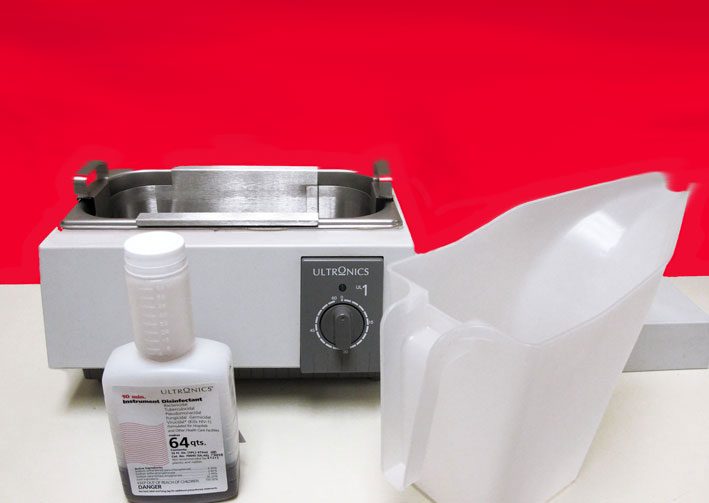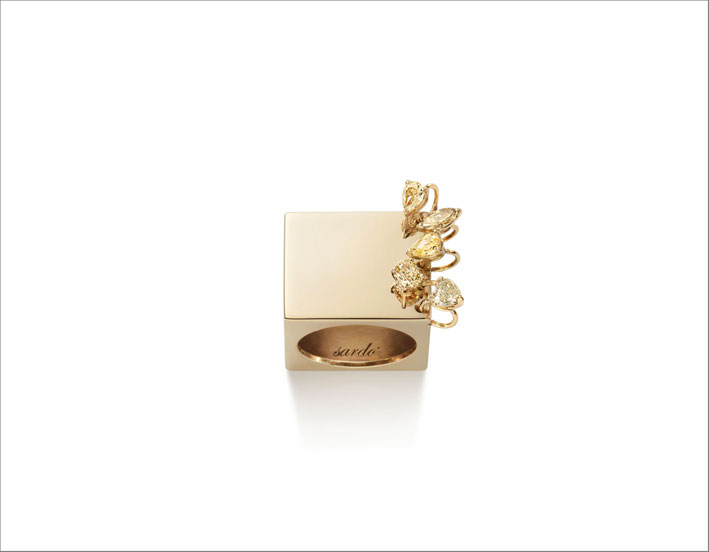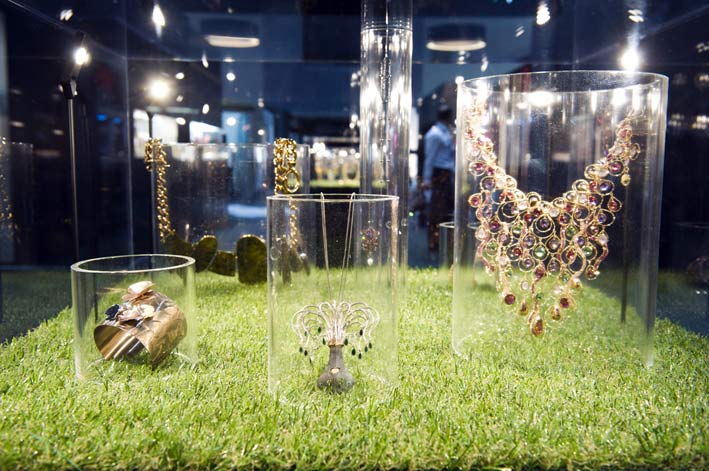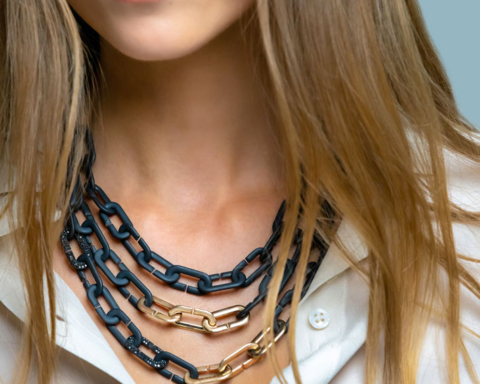Clean jewelry with ultrasound? It is a method that has many supporters. The advantages are obvious. But is it worth it? Does using an ultrasonic cleaner really work? And are we sure there are no contraindications? Now let’s explain everything. With one caveat: this system also has negative aspects.
What is ultrasonic cleaner?
Devices equipped with a small internal tank that use ultrasound, together with detergents, to clean jewelery have been available on the market for some time, but in reality they are also used for surgical instruments, small mechanical parts or lenses and even for electronic components.
How does an ultrasonic cleaner work?
High-frequency sound waves, inaudible to the human ear, are combined with the detergent to achieve a greater effect. The mechanism produces small alternating negative and positive pressure waves, which create microbubbles. If you are curious, know that the sound waves emitted are high frequency, between 20 and 400 kHz and that the process of creating bubbles is technically called cavitation. It is precisely these bubbles, similar to those of champagne, that produce the desired effect when they meet the surface of the jewel. The combination of sounds and chemical product manages to thoroughly remove greasy substances, traces of cosmetics and micro molds (but not any viruses or spores) that sometimes nest in your jewellery. Essentially, everything that needs to be removed disappears. The advantage is that the micro bubbles can reach even the most hidden corners of the jewel. The ultrasonic cleaner is useful, therefore, especially for jewels that are very complicated to clean, while for a simple gold ring the advantage is practically non-existent.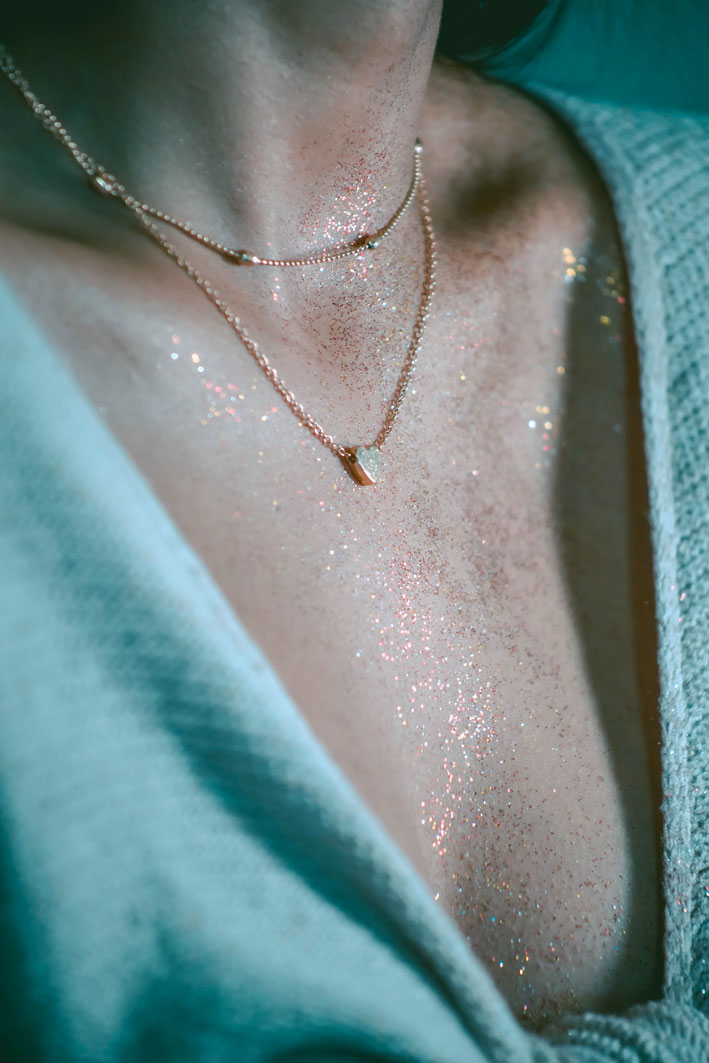
What to clean
Jewelery in gold, platinum, silver or titanium, also with precious and hard stones. Even diamonds can safely end up in the ultrasonic cleaner. For colored ones, however, you need to be careful, because they may have undergone special treatments to increase their color, which could be damaged. No problem for cubic zirconia (low-priced jewelry crystals), topaz, garnets, sapphires and rubies. Warning: only put completely gold jewellery, not gold plated, in the cleaner.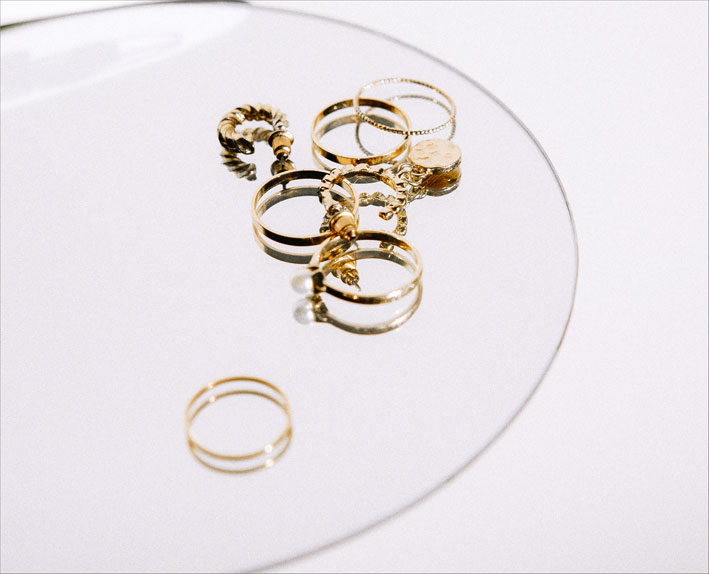
Which detergent to use?
You already have it at home, near the kitchen sink or in the bathroom. A couple of drops of dish soap or liquid soap is enough. Very little is needed, a couple of drops diluted in a lot of water, which is the substance that does most of the work.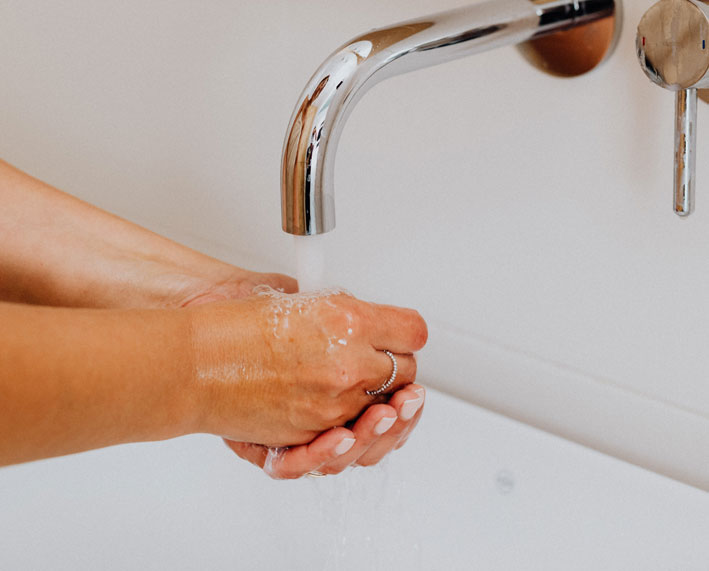
How do you use the ultrasonic cleaner?
1 Turn on the device and mix the water and drops of detergent well for a few minutes
2 Choose the desired temperature and time for cleaning, usually from 1 to 20 minutes depending on the state of the jewellery. 3 Arrange the jewels inside so that they are not in contact with each other. 4 Start cleaning. In the end, it is better to wait a few minutes to allow the removed dirt to settle.
5 Rinse your device’s basket and jewelry in cold water.
6 Dry the jewelry with a soft cloth.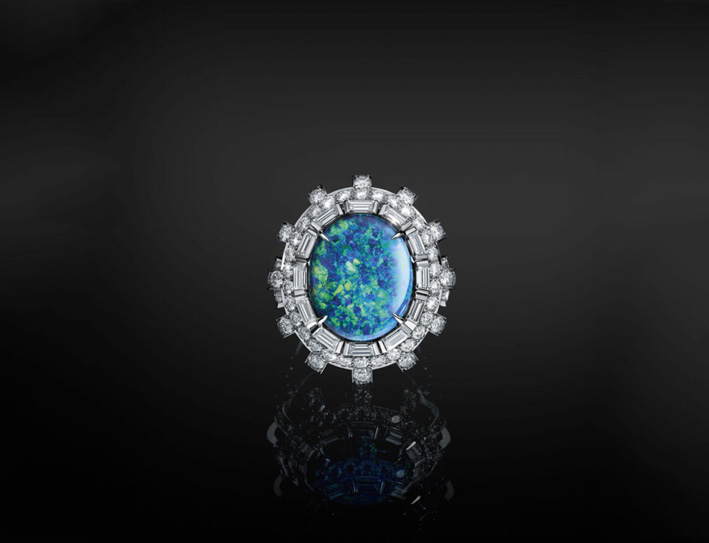
When NOT to use the ultrasonic cleaner
An ultrasonic cleaner can be helpful. But as long as the jewelry can dry easily. Secondly, not all jewelry can be cleaned with this system. For example, jewelery with some precious stones is not suitable: for example, turquoise, lapis lazuli, tanzanite, opal, onyx and emerald could be damaged by contact with the cleaning liquid and the vibrations produced by the device. Pearls and amber are also delicate: they could even melt. Furthermore, many gems have undergone chemical treatment or have been heated to enhance their color or hide defects. Vigorous cleaning with detergent and ultrasound could damage them.